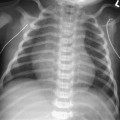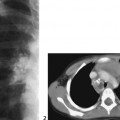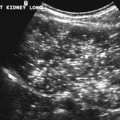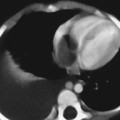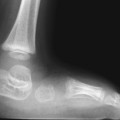CASE 110 A 28-week (1.2 kg) premature neonate presented soon after birth with a distended abdomen, and appeared clinically to be septic. The patient required intubation and ventilation. On examination, there was paucity of bowel sounds. Patient was transferred to a tertiary care center. Abdominal radiography and ultrasonography were performed. Conservative management with total parenteral nutrition and antibiotics were prescribed, which required secure central venous access. What would you use? Figure 110A Figure 110B A radiograph of the abdomen shows pneumatosis in the right lower quadrant and air in the portal veins (Fig. 110A). The air in the portal veins was confirmed on ultrasonography. The bowel demonstrates poor peristalsis, decreased vascularity, and pneumatosis (Fig. 110B); all features consistent with necrotizing enterocolitis. Necrotizing enterocolitis requiring initial conservative therapy and probable surgery. A peripherally inserted central catheter was placed. Peripherally inserted central catheters (PICCs) are an increasingly used modality in the neonatal intensive care unit. PICCs are inserted into a peripheral vein, usually in the upper arm, and are threaded into the central circulation. This provides stable access to a central vein, eliminating the need for repeated peripheral intravenous punctures, which are associated with pain and complications. It has been suggested that a PICC line is more cost effective than a central venous line (CVL) when venous access is required for up to 21 days. If one compares an image-guided PICC line placement and an image-guided CVL placement, the risks and benefits are a little more complicated to determine, and the PICC line may actually be associated with increased risk for venous complications. A CVL should be used when more long-term access is required. PICC designs include single and double lumen varieties. They are constructed from silicone or polyurethane and are radiopaque. We use cuffed silicone catheters for children and neonates, as we feel that these catheters are more secure, and there are no sutures to remove. The catheters are available in various lumen sizes, the most commonly used being the no. 3 French, followed by the no. 2 French. The placement of these catheters is increasingly performed by pediatric interventional radiologists because imaging guidance increases the options and success rate of placement.
Clinical Presentation
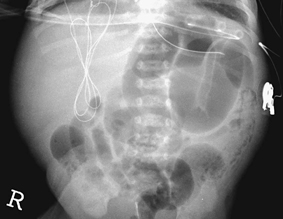
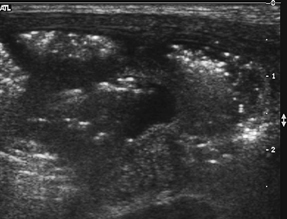
Radiologic Findings
Diagnosis
Discussion
Background
Indications
Contraindications
Stay updated, free articles. Join our Telegram channel

Full access? Get Clinical Tree



